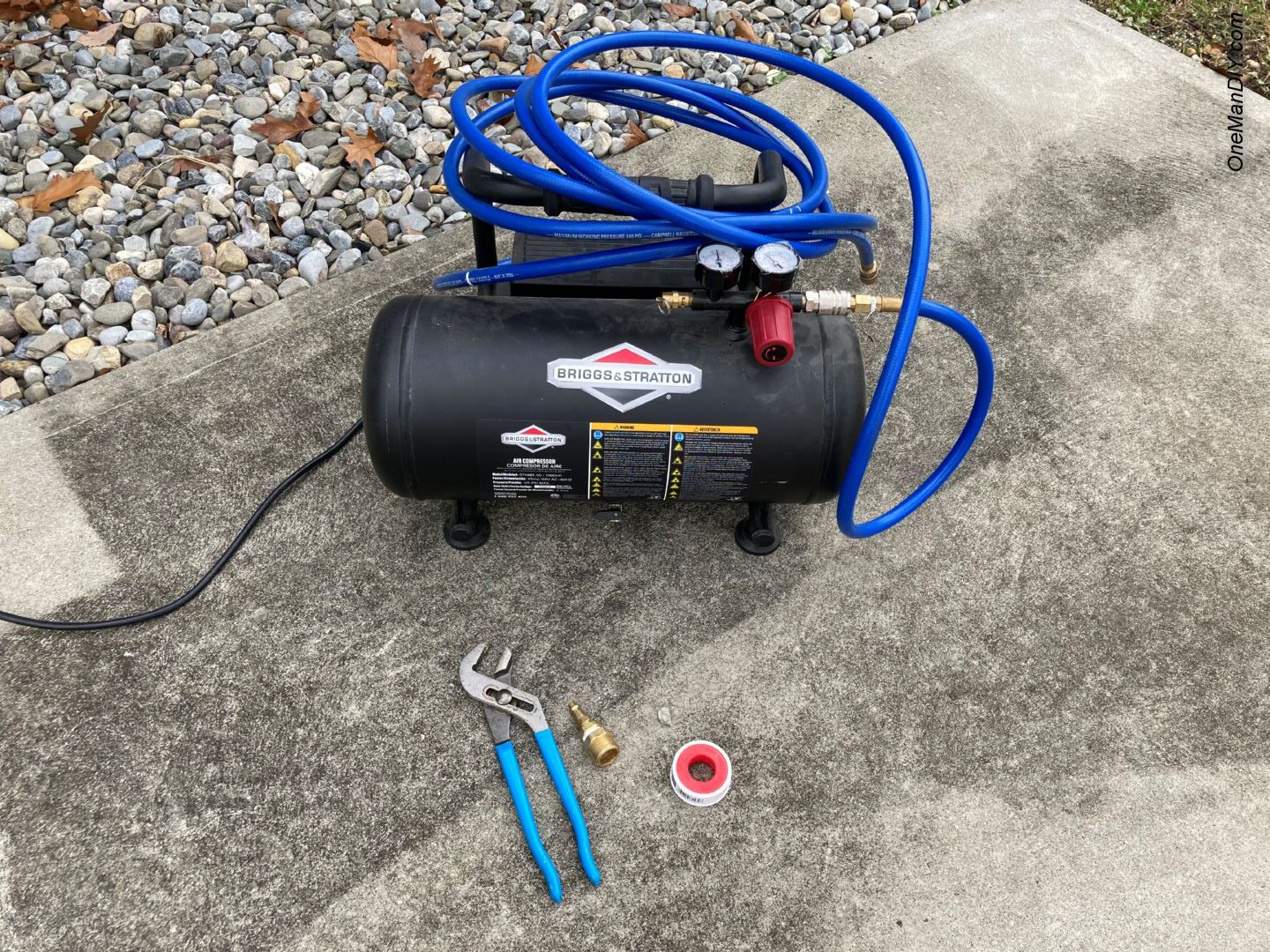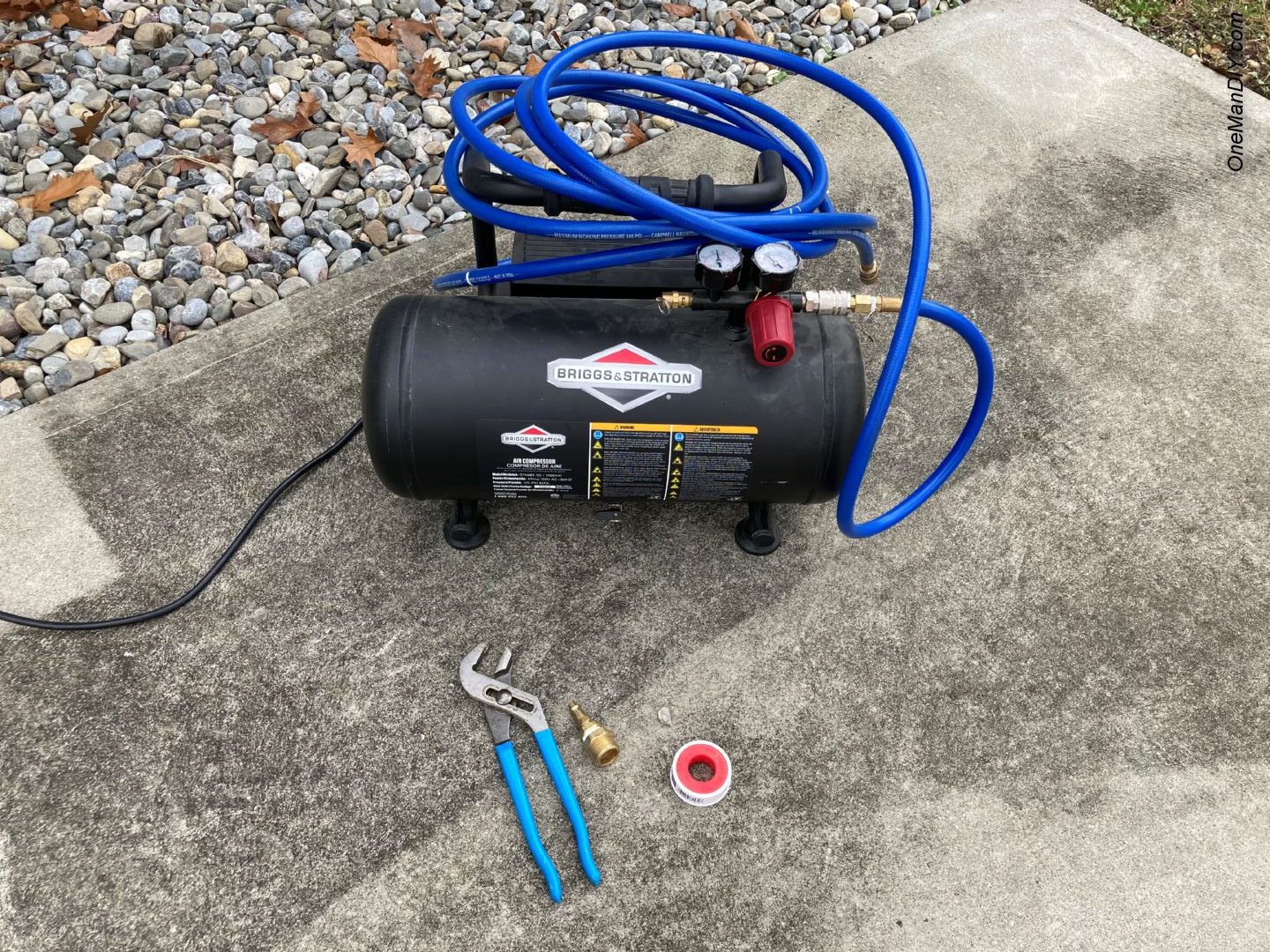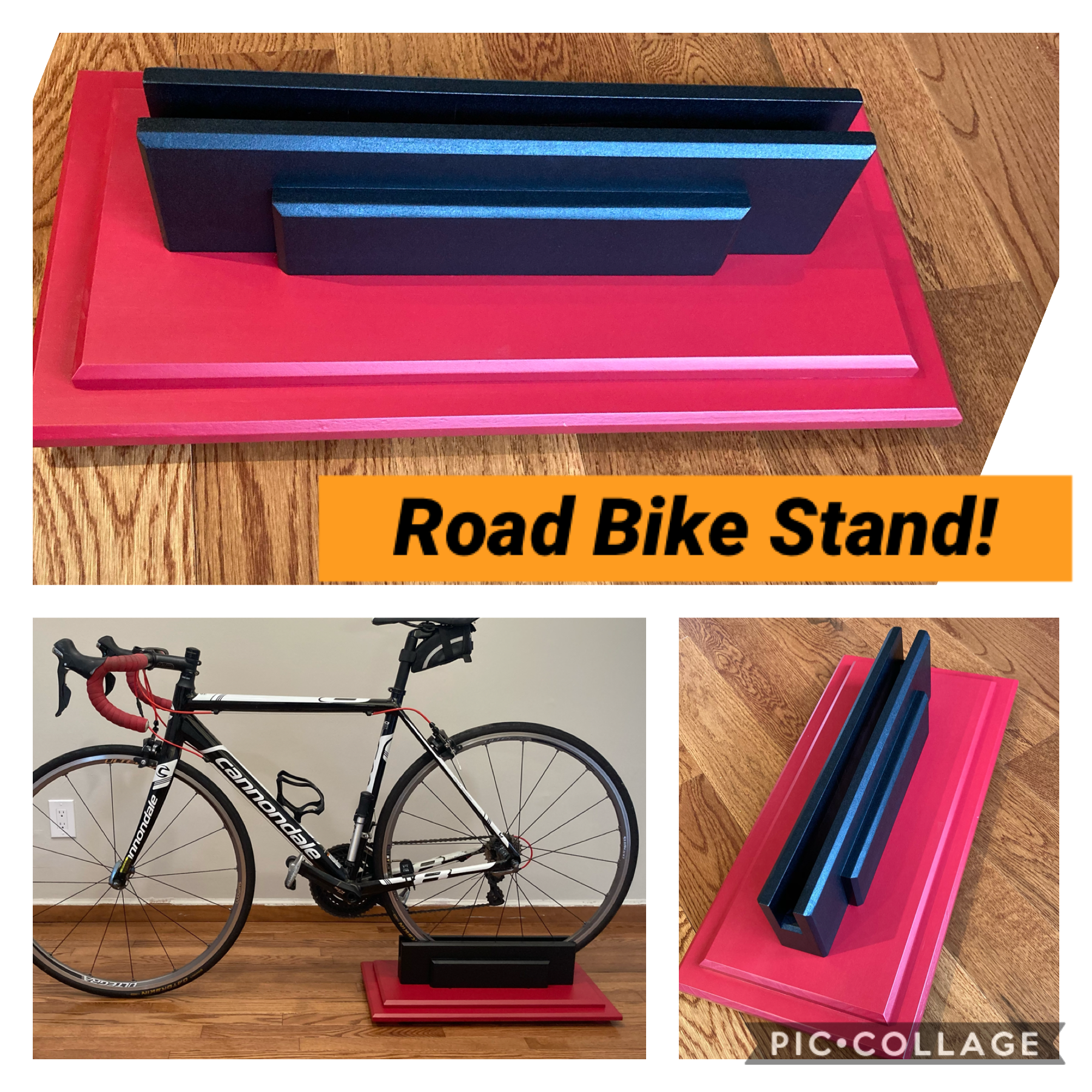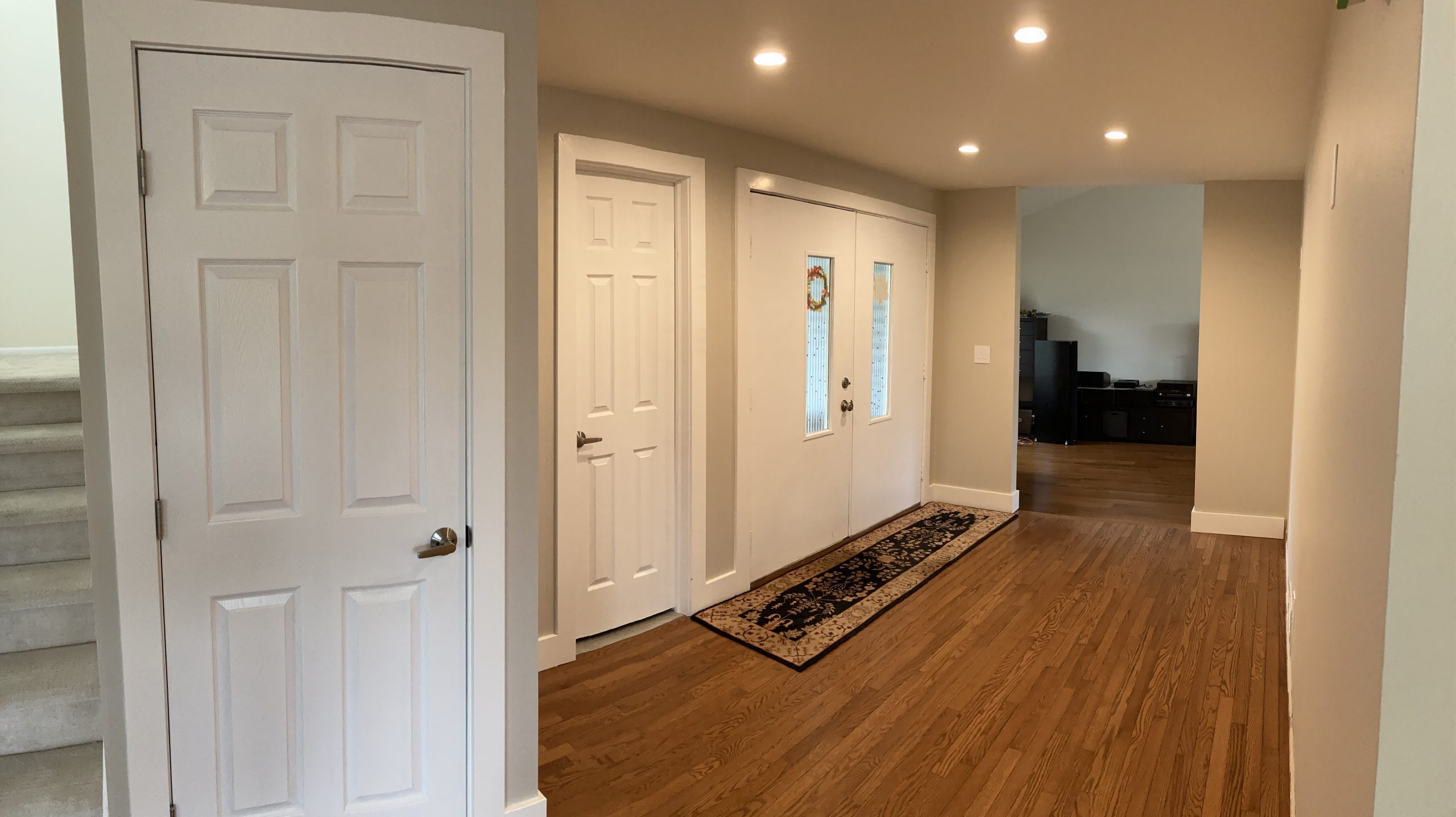So around Thanksgiving break I decided to get some much needed exercise and rake in my leaves. And while at it, why not winterize my sprinklers?
When we got the house last year, we also inherited a functional sprinkler system! Hooray, we can finally have a nice yard… only to discover how expensive it is to water :(. It cost me about $200 a month, just to water the front yard!!! After 3 months and $600 I decided that a perfect yard is not all that important to me :D, and that I just need to maintain it at a respectable level. Perhaps a Well Pump would make much more sense in the future.
Regardless if I decide to get that lush green or just keep it neat, I need to make sure the sprinkler system is functional! (even in the back yard)
Where I live there is a chance that we get a nasty freezing winter, causing my sprinklers pipes to burst. If the weather holds below freezing for several days AND your sprinkler system is full of water, there is a good chance that the water will freeze, expand, and burst the sprinkler pipes.
To avoid that repair project (and save some $$$) I did some research and figured out how to do it myself! Its actually pretty simple, and once you do it the first time, you are good to go for many years to come!
Sprinkler Winterization/blowout will cost you anywhere between $50 and $250, with an average around $80.
Naturally I decided to make a “quick video” about it and show you how 🙂
All you need are some common tools. Here is what I used:

Edit 12/10: My 4 gallon compressor was just enough to clear the water out of a zone, anything smaller and it might not work. (hat tip to Gary!) I had my compressor set @75psi. Water pressure is typically between 50-70psi, but must not exceed 80psi. So you can experiment with lower psi as well!
Not much to it in terms of process:
- Turn off your Sprinkler System water supply.
- Release the pressure from the system by turning on one of the zones (I call them runs)
- Hook up your compressor to the system.
- Turn on a sprinkler zone, let the compressor blow out all the water.
- Turn off the zone, let the compressor recharge.
- Turn on the zone again to make sure all the water is out.
- Repeat for all your zones!
- Done! 🙂
Well, I hope you found this useful!
Now go outside and do it yourself!
(or get a little DIYer in training to help you… hehe )



You must log in to post a comment.